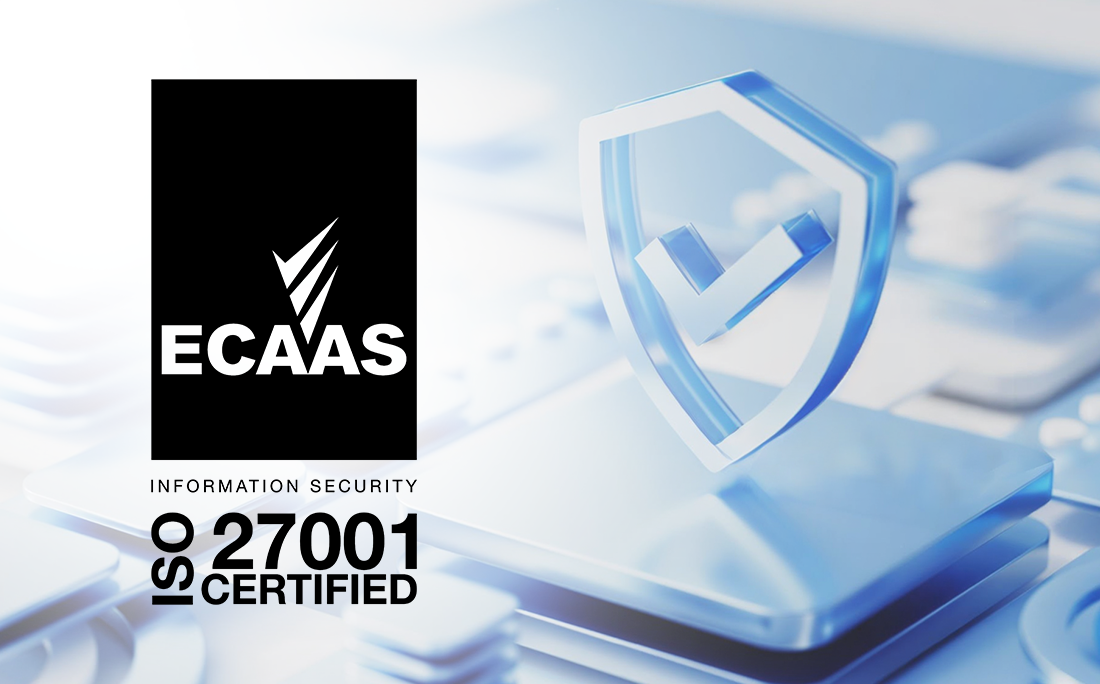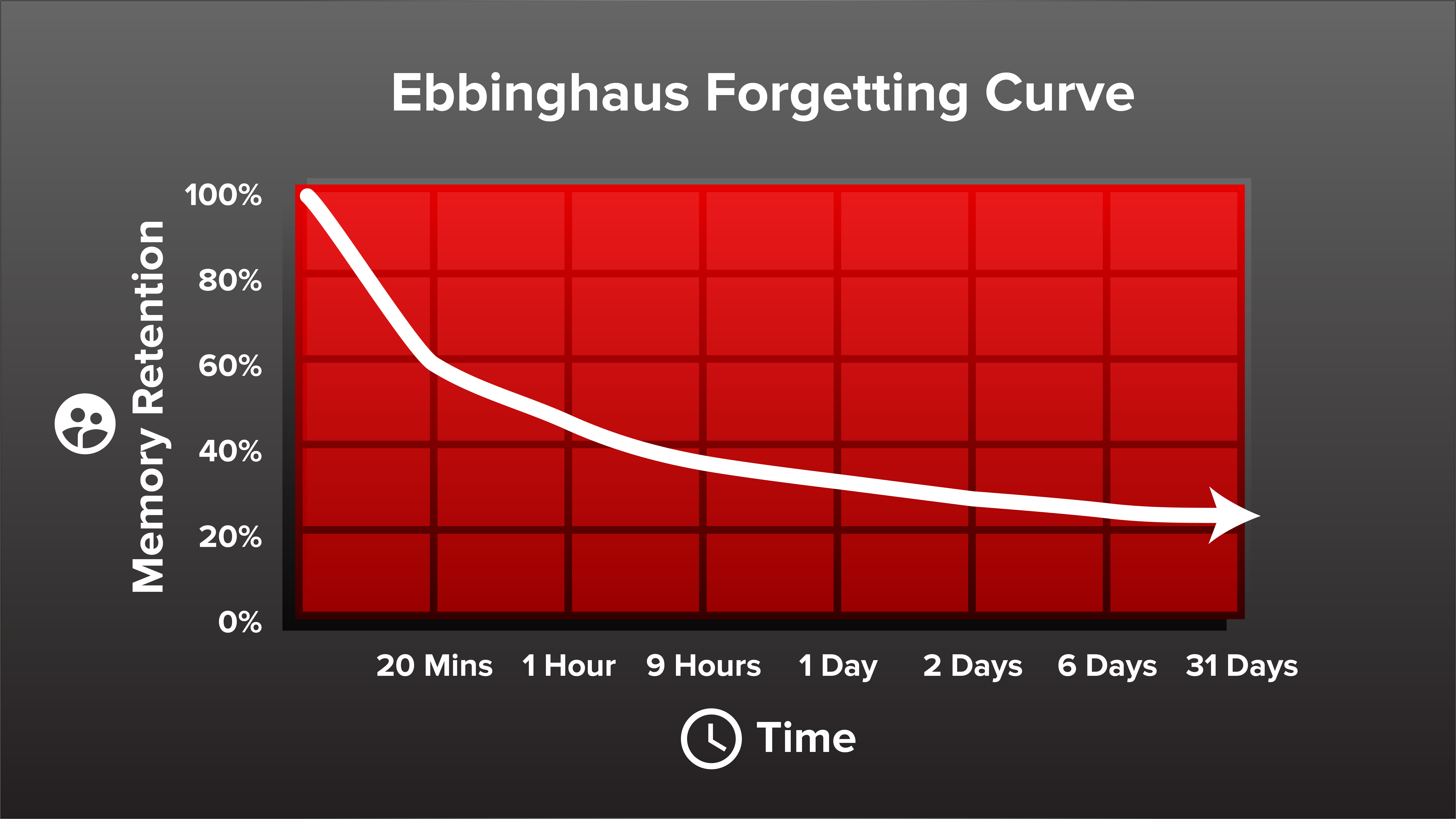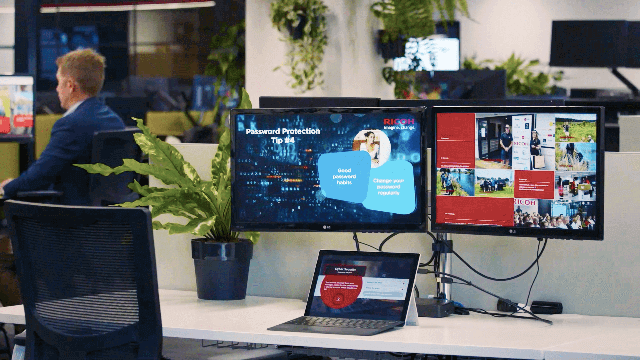
This is an excerpt from our guide, How to Optimise Your Internal Communications for Maximum Reach and Retention. Read the full version here.
As an internal communicator, health and safety facilitator or even a learning and development coach, it can be frustrating when the workforce forgets key messages like wearing the right safety gear, keeping warehouse floors clear or even locking their screens when they are away from their desk. First, we need to understand why people forget messages in the first place.
Understanding why people forget
In the 1880s, German psychologist Hermann Ebbinghaus wanted to understand more about why we forget things and how to prevent it. He found that:
- Memories weaken over time. If we learn new information, for example first aid best practices (but make no attempt to reinforce that information) we remember less and less of it as time passes.
-
We’re quick to forget. When was the last time you fully retained key facts and figures an hour after a webinar? Without
reviewing or reinforcing our learning, our ability to retain new information plummets.

Other factors can affect your ability to retain information, such as age, stress levels and hours of sleep
Ebbinghaus created the Forgetting Curve, a visual representation of the way that learned information fades over time. This enduring model
has endured repeated tests since the 1880s and is still highly regarded.
How do we hack the Forgetting Curve?
It’s not all doom and gloom. One way for internal communication specialists to beat the Forgetting Curve is by using a snackable learning
strategy. A snackable learning strategy is a science-backed technique for improving the retention of your messages so they have an impact
on influencing key outcomes. It is underpinned by two crucial elements: bite-sized key messages and calculated repetition of the key
message.
Snackable Learning
Also known as bite-sized learning or microlearning, snackable learning is a learning methodology where learners are strategically exposed to repeated bite-sized chunks of information. This learning methodology aims to improve long-term information recall.
Spaced Repetition
Spaced repetition is an integral part of the snackable learning strategy. Spaced repetition involves repeating the same message at increasing intervals. This embeds the knowledge in the long-term memory. Consistently reviewing what you’ve learnt halts the Forgetting Curve and allows you to remember what you’ve learnt for longer. In the diagram, we can see that with each time you are exposed to the message again, retention goes up and it takes more days for the retention rate to drop. In other words, more repetition means remembering more of what you’ve learnt for longer.
3 benefits of a snackable learning strategy
1. Improved employee engagement
One of the biggest benefits of a snackable learning strategy is improved employee engagement. Gone are the days of day-long training sessions. When it comes to information consumption, modern workers want content that is:
- Bite size and easy to digest
- Relevant and engaging
- Visually stimulating
Snackable learning suits the content consumption habits of modern learners, increasing employee engagement.
2. Increases information retention
The best outcome for internal communications messaging is that people remember your messages. With small bits of information-rich content,
your workforce is more likely to retain and recall that information.
3. Supports training efforts
Traditional methods of learning provide the context of information, which is an important part of the learning process. But where workshops and online learning fall short is the ability to deliver the frequency of key messages over time. Repetition is the cornerstone of learning because it delivers deep seated retention of information, transitioning the learning from conscious behaviour to subconscious habits.
.png)

